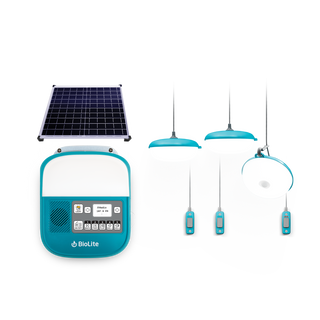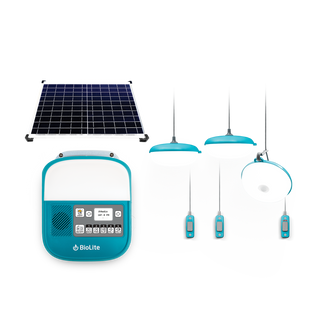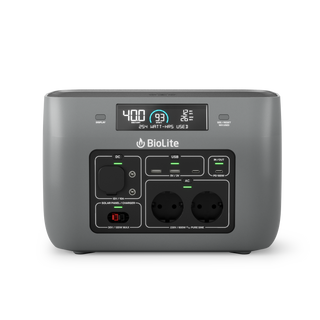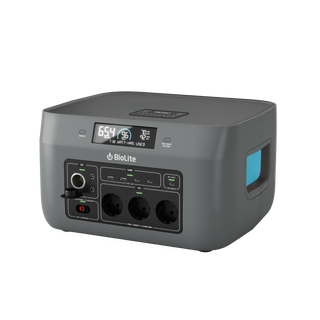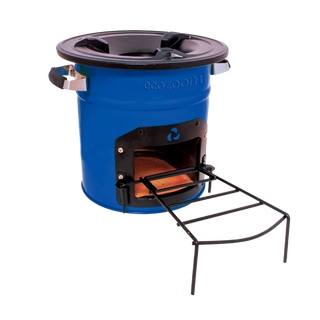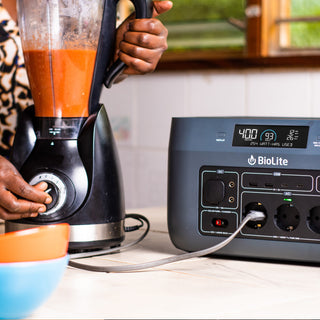Johnie Gall shares how to not go gear crazy when trying something new on your outdoor adventures.
My father-in-law used to go skiing in blue jeans. When he was in college, he and his friends hiked up Mt. Washington and sweated through their denim. Exhausted from the climb, they balled up their damp pants and tossed them in the corner of their tent. When they woke up, their pants were so frozen that they had to spend the next twenty minutes trying to warm their only gear up over an old camp stove.
Outdoor sports can be expensive. Most of them were also first popularized by the type of guys who wore old blue jeans, ate tuna from a can, and lived out of their vans (before it was trendy). If they could get by on a tight budget with the gear they already had, so can you.
That being said, of course you need to invest in some gear. The key is to do it strategically — for every piece of gear you buy, you’re also committing to storing, cleaning, transporting, and maintaining it. Simply put, you can own gear or your gear can own you.
Learning from my own adventures in gear accumulation — good and bad — I’ve become a big proponent in doing more with less whenever you can. Whether you’re pursuing a new sport or a new outdoor adventure, here are some tips for not going gear crazy while finding your frontier.
Know What Can Wait (And What Can’t)

Okay, you’ve decided you want to try rock climbing. That means you need a helmet, a harness, a rope, quick-draws, carabiners, a belay device, and shoes, right? Yes and no — with every new sport, there are some items you’ll need to buy new, and some that can wait, be borrowed or rented, or be purchased second hand. Start with the things that are going to be the first line of defense between you and serious injury (or worse), and items you need to know the history of. A helmet and harness should always be purchased new. Ropes are measured in the number of falls they can sustain, and need to be retired when they’ve been exposed to too much water, dirt, or sun. The same goes for things like parachutes, trad climbing gear, and life jackets. For items you’re buying second hand, it’s still safety first: check for deformities, bad stitching, and obvious wear and tear.
Generic vs. Branded
Often times branded gear comes at a higher price tag — you’ve heard the saying about paying for a name. Don’t skimp on gear that’s important to your safety, but it’s totally fine to look for creative workarounds when you’re trying to save a few bucks.
Learn the Cost-Per-Use Formula

There’s a reason it’s so easy to find mountain bikes and skis on Craigslist. Say you buy a $2,000 downhill mountain bike and plan on riding that bike 20 times that year — that’s $100 a ride. A little pricey, but not too shabby. Then baby showers and dentist appointments come up and you end up riding that bike five times, and now that bike cost you $400 per ride, whereas the running shoes you use every single morning may only cost you $3 per run. That’s the cost-per-use formula. Use it.
Rent, Borrow, Buy Second Hand

There is a giant free library of gear all around you. It’s in your dad’s garage, your best friend’s basement, the back of the van of that guy you keep running into at the coffee shop. Chances are, you know someone somewhere more than willing to let you borrow a 60-liter backpack or a two-man tent or a surfboard —sometimes the biggest hurdle is just asking. If that’s not true for you, rent your bigger ticket items from outdoor retailers like REI or local sporting good shops. Learn how to sew and suddenly second-hand gear shops seem like goldmines. Volunteer for a local outdoor club or climbing gym and they’ll typically let you use their gear whenever you want. Demo days (designated days when gear shops let customers try out their stuff for free) offer a smart way to try out gear before making an investment. Don’t let your poor choices end up in the Craigslist graveyard.
Start a Gear Pool

If you have a community of friends that live nearby, start a gear pool. Split the cost of bigger-ticket items that can be easily shared like tents, climbing ropes, camp stoves, kayaks and bouldering pads. Chances are not everyone in the group can get after it every single weekend, so spread the wealth — you can even start a Google document to “rent” out the gear you need from your gear pool.
When you’re traveling with a group you can also minimize redundancy by coordinating who brings what. Talk to each other before leaving about who is responsible for bringing the staples. If someone is bringing along a camp stove, you might not have to go out and buy one.
Think Like a Pioneer
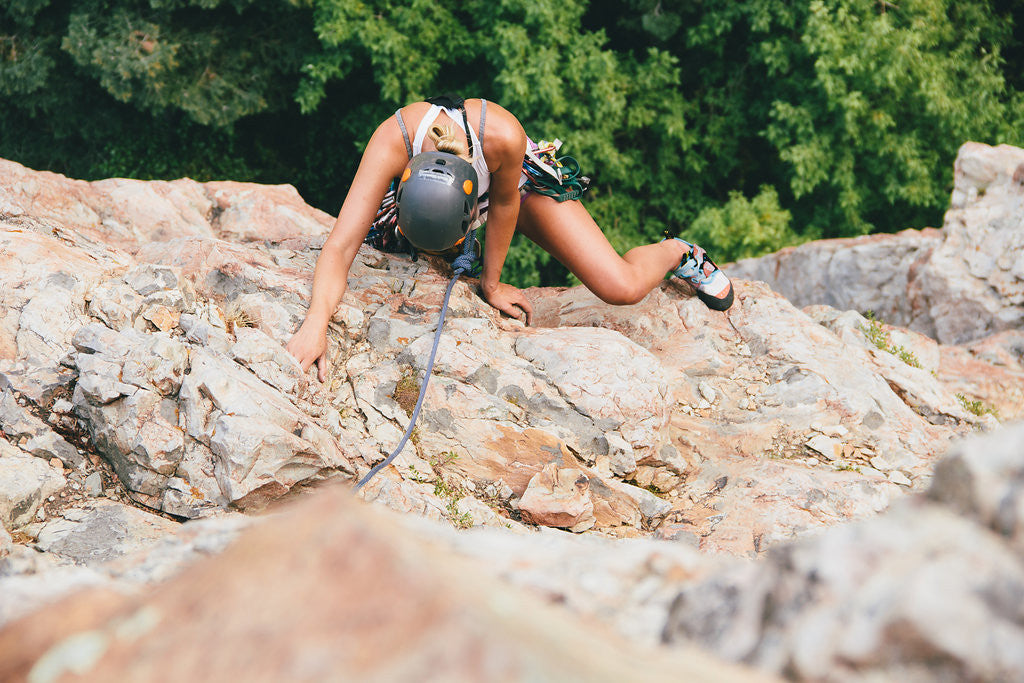
The pioneering men and women of your new outdoor sport did not have the latest and greatest gear. They had what they had, and they made it work. Of course adventures are easier when you have a complete top-of-the-line kit, but most of the best surfers, climbers, kayakers, bikers, and alpinists started out scraping together their kit just like you are. Listen to recommendations from your peers, make do with what you have, and don’t get caught up in the “Newest Overpriced Gear You Must Have” lists. They’re usually wrong.
Versatility is Key

A hammock is not a hammock. It’s a hammock, a sun shelter, a beach blanket, a tarp, and somewhere to coil a climbing rope. When you start planning a new adventure or on trying a new outdoor sport, look for the most versatile gear you can. Maybe that’s a rain shell that can keep water off you in a storm and while kayaking. A well-made 35-liter backpack with good support is probably a lot more practical than buying one day pack and one 60-liter overnight bag. You can’t go wrong with a solid pair of waterproof hiking boots that can take you from the desert to the high peaks. A camp stove that can boil water and charge your electronics is a space saver. Who knows — it may even come in handy for defrosting your pants.

When it comes down to it, the best way to learn how to keep your gear in check is experience. Try out the tips above, learn from your time off grid and discover how you can do it better the next time you get outside.
Keep up to date with Johnie’s frontier adventures via Dirtbag Darling.

Read More Stories Here →

